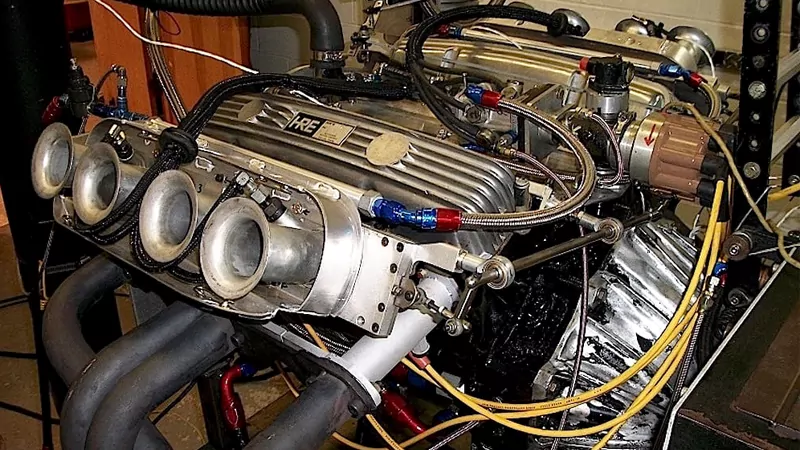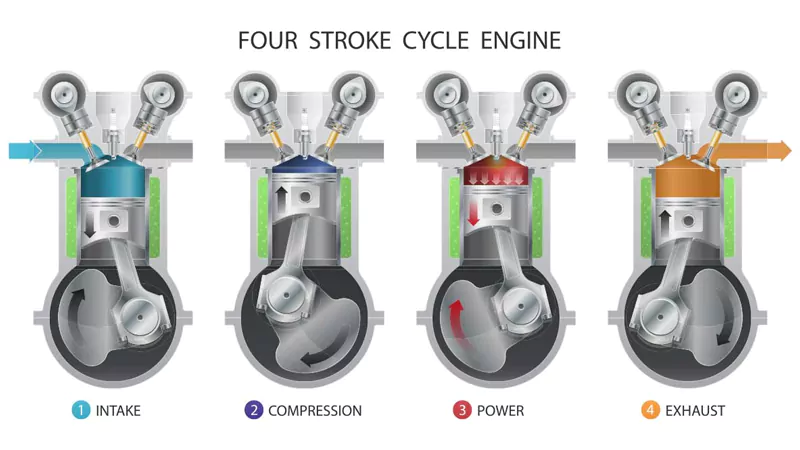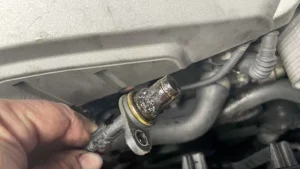When car enthusiasts talk about engines, they often focus on horsepower, torque, or even the exhaust note. But one part that quietly dictates how an engine breathes, performs, and even how hot it runs is the cylinder head. Within this world, two designs often come up: crossflow heads and reverse flow heads. At first glance, the difference may seem trivial, but once you dig in, it can change how an engine behaves from city driving to full-throttle racing.
Imagine the cylinder head as the lungs of the engine. Just like our lungs, it needs to inhale fresh air and exhale waste efficiently. The way it’s built determines whether the engine struggles at high revs or flows smoothly like a well-oiled machine.
A reverse flow head places both intake and exhaust ports on the same side. Fresh air comes in, burns fuel, and exits—all through the same side. Meanwhile, a crossflow head sets the intake and exhaust on opposite sides, letting air pass straight across the cylinder. This seemingly small change has huge implications.
Reverse Flow Heads
Reverse flow heads have been around for decades. Many older engines you might remember from classic British cars or early Japanese compact cars used them. Their charm lies in simplicity.

Because both intake and exhaust are on the same side, the design is compact and cheaper to make. For everyday driving, this setup is actually quite nice. Low to mid-range torque feels strong, making city driving and stop-and-go traffic easier. The engine doesn’t need to be pushed hard to feel responsive. Cooling is simpler too—less complexity in the head often means fewer headaches in maintenance.
But it’s not perfect. At high RPM, the airflow can get a little chaotic. Hot exhaust gases sit close to the intake, warming the air-fuel mixture and reducing efficiency. If you try to push a reverse flow engine to extreme speeds, it hits a wall sooner than its crossflow sibling.
Crossflow Heads

Now, if you’re building a car to feel alive at high speeds, a crossflow head is the dream. By sending intake and exhaust to opposite sides, the engine breathes in a much straighter, more efficient path. Imagine a highway with no U-turns—traffic flows smoothly, and cars get to their destination faster. Cooler intake air, better scavenging of exhaust gases, and higher volumetric efficiency all translate to more horsepower and more consistent performance at high RPM.
This design also opens doors for modern enhancements. Multi-valve setups, turbochargers, and superchargers thrive with crossflow heads because the airflow is optimized. Sure, they’re bigger, more expensive, and a little more complex to manufacture, but if you’re chasing performance, they deliver.
Why Airflow Matters More Than You Think?
At the heart of these designs is airflow. Reverse flow heads are like winding country roads: fun and adequate at low speeds, but they can bottleneck at high speeds. Crossflow heads are like a straight, wide highway—air enters cleanly, exits quickly, and keeps the engine happy even when revving to the redline.
The effect on fuel efficiency and engine response is tangible. Cooler intake air in crossflow heads means denser oxygen, better combustion, and often slightly better fuel economy. Reverse flow heads might warm the intake charge, reducing peak efficiency but giving strong, usable torque at low speeds.
If you’ve ever driven cars with these heads, the difference is noticeable. A reverse flow engine feels eager from idle to mid-range. It’s forgiving, easy to drive in the city, and reliable over years of use. A crossflow engine, on the other hand, comes alive as you climb the RPM ladder. The car feels sharper, more aggressive, and every press of the throttle rewards you with smoother, higher power delivery.
For enthusiasts who enjoy tuning, crossflow heads offer more room for creativity. Turbocharging, camshaft swaps, or high-compression builds work better because the head can handle increased airflow and heat more efficiently. Reverse flow heads can be tuned too, but they tend to be limited to modest upgrades without hitting thermal or airflow bottlenecks.
For modern engines, the choice is largely clear. Crossflow heads are the practical and efficient option for nearly all applications—performance, street driving, and forced induction. Reverse flow heads exist today mostly in historical, small, or budget engines, and are rarely a consideration for new builds.
Some contemporary designs borrow the best of both worlds, using short intake runners to preserve low-end torque while maintaining a crossflow layout for high-speed efficiency. This reflects a balance between practicality, performance, and emissions requirements.
Conclusion
Reverse flow heads have historical charm and simple practicality, but in the modern automotive world, they are rare. Crossflow heads are now the default standard, offering superior airflow, cooling, and tuning potential. They deliver efficiency and performance that meet today’s demands, from everyday driving to motorsport.



